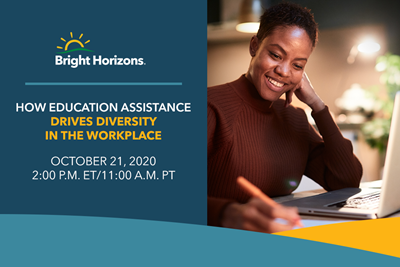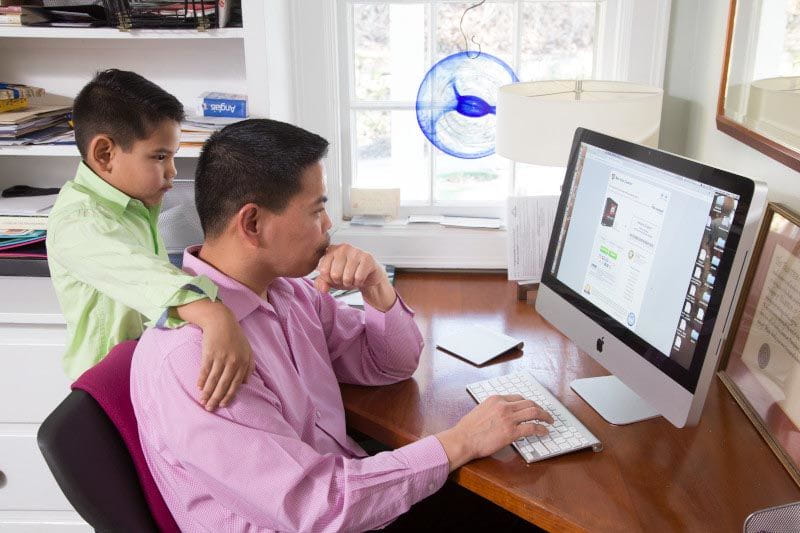Lockdowns; racial unrest; workdays without beginning or end.
There’s a lot about the pandemic employees long to put behind them.
But as with so many difficult times, there are some lessons we need to remember. Business leaders said as much during our future of work panel. “How do you keep the things that we learned from this crisis,” Accenture Chief Leadership & Human Resources Officer Ellyn Shook told the assembled group, “and leave behind the things that were not so great?”
So exactly what lessons do we need to hold on to?
WFH works: The pandemic answered in a nanosecond what leaders have wondered for years -- could work from home work? Yes -- as illustrated by the millions of employees who kept office lights burning successfully from their living rooms. The success has made employees wise to the possibilities, with only a fraction of working parents ready to recommit to the cubical. That flexibility will only become more important, especially since in-office mandates will be career ending for parents still without child care. “Many working parents realize that large parts of their jobs can be conducted remotely,” wrote Bright Horizons U.K about a study of more than a thousand people across the pond. “And they believe that their employers will agree.”
WFH does not mean no child care: The operative term in the “work from home” equation is “work” -- hard to do with unsupervised kids underfoot. We all have the interrupted zoom meetings to prove it. True, parents everywhere rose to the occasion during the lockdown. But working and parenting simultaneously is not a long-term solution. It’s the reason child care is considered an underpinning to economic recovery, and why WFH as a replacement for child care needs to be put to bed for good
Flex time isn’t a working mother issue: Many fathers have been willing partners during lockdown. But their participation is still viewed as a novelty. “That’s just great that you’re so involved,” one working dad told the Washington Post a colleague said to him. The preserved “mom as caregiver” stereotype keeps family friendly benefits like flex time parked squarely in the “mommy perk” camp, a place that often limits careers. “Maybe,” one sociologist told the Washington Post, “this pandemic can help normalize the fact that, yes indeed, men are caregivers. There’s nothing extraordinary about it.”
School agers and teenagers are children, too: Child care may have once been considered a pre-kindergarten problem. But parents scrambling to fill the hours between pick-up time and quitting time knew better. No school has brought that out in the open. “The demands of a toddler on a working parent are much different than that of a sixth grader or a teenager,” wrote CNN in September. “To help working parents, companies are getting creative.” Let’s remember that creativity next September.
Online school is real school: There are lots of good reasons for students to go back to live classrooms. But lack of faith in online learning shouldn’t be one of them. “Virtual learning hastily built for the pandemic has given the false impression that online learning is second rate,” Bright Horizons Alan Robins wrote earlier this spring. “The truth is there are already a lot of good virtual programs out there; but they’ve been built for online learning from the ground up, versus retrofitted for the purpose on the fly.” In the current transitional period, such carefully crafted online programs will not only deliver education that fits the modern learner, but also skills that fit the employer.
Mental health matters: If there’s a single word to describe the collective mood of the workforce, it might be, anxious. And employees are being more candid about it. "COVID-19 is taking a toll on our minds and emotions in a million little ways," SHRM’s Johnny C. Taylor, Jr. said of a SHRM study showing more than a third of employees may be struggling with pandemic-related depression. "Now, more than ever, employers should double down against stigmas and guarantee employees know of the resources, benefits and accommodations available." The lesson should outlast the virus.
Last and perhaps most importantly, dedication to D&I must be ongoing. George Floyd and other incidents brought racial equity in our workplaces screaming to the surface. But it must not ebb when the demonstrations do. As our director of diversity and inclusion told us, we have to be clear about what racism looks like, we have to be straight forward in how we talk about it, and we have to hold ourselves accountable for the actions we commit to. “To affect change,” she said, “none of us can afford to be bystanders.
Let’s keep that momentum going.
Webinar: How Education Assistance Drives Diversity in the Workplace
Join us on 10/21 to learn how removing barriers to education opens opportunity to traditionally under-represented groups – and how you can make program adjustments without increasing costs.






